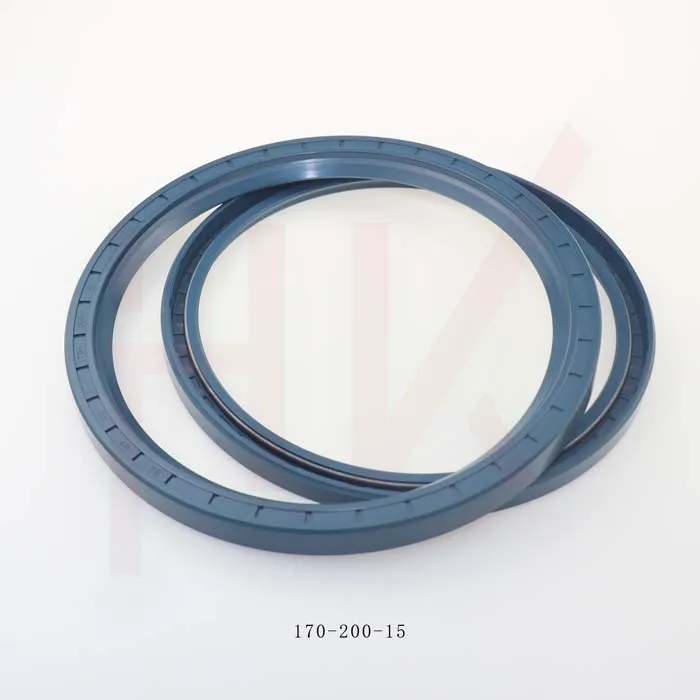okt . 02, 2024 15:26 Back to list
hub bearing seal
The Importance of Hub Bearing Seals in Modern Machinery
In the realm of mechanical engineering, particularly in automotive and industrial applications, the hub bearing seal is an integral yet often overlooked component. These seals play a critical role in ensuring the longevity and efficiency of rotating assemblies, such as wheel hubs and axle bearings. Understanding the function and significance of hub bearing seals can provide insights into their importance in modern machinery.
Hub bearing seals serve a dual purpose they prevent lubricant leaks and keep contaminants out. Lubricants, usually in the form of grease or oil, are essential for reducing friction between moving parts within the hub bearing assembly. Without proper lubrication, components can wear quickly, leading to premature failure. The seal acts as a barrier, ensuring that the lubricant remains in the system while blocking dirt, debris, water, and other contaminants that could compromise the bearing's performance.
One of the primary reasons for seal failure is environmental exposure. In applications where machinery operates in harsh conditions—such as construction sites, mining operations, or regions with extreme weather—the integrity of the hub bearing seal is put to the test. Exposure to dust, mud, water, and temperature fluctuations can cause seals to degrade, leading to leaks and contamination. Therefore, choosing the right type of seal material and design is crucial for ensuring a long service life.
hub bearing seal

There are several types of hub bearing seals, with various materials and designs tailored for specific applications. For example, rubber seals are popular due to their flexibility and resistance to a range of chemicals. However, in high-temperature environments, a more durable material, such as polyurethane or metal, may be preferred to resist wear over time. Each design, whether it's a single lip or double lip seal, offers different advantages and must be chosen based on the application requirements.
Another factor influencing the effectiveness of hub bearing seals is the installation process. Proper installation is critical to achieving a perfect fit and ensuring efficient sealing. If a seal is misaligned or not seated correctly, it can lead to failures, resulting in costly repairs and downtime. Manufacturers often provide specific guidelines for installation, highlighting the importance of following these best practices to maximize the seal's performance.
Regular maintenance and inspections are also vital for prolonging the life of hub bearing seals. Periodic checks for signs of wear, such as cracks, tears, or improper sealing, can help identify potential issues before they escalate into more significant problems. In addition, ensuring that the correct lubricant levels are maintained will support the overall health of the bearing system.
In conclusion, hub bearing seals are critical components that ensure the functionality and reliability of machinery in a vast array of applications. By preventing lubricant loss and protecting against contamination, these seals help maintain optimal performance and reduce maintenance costs. As technological advancements continue to evolve, the materials and designs of hub bearing seals will likely improve, further enhancing their capabilities and effectiveness in modern machinery. Ultimately, understanding their importance allows engineers and technicians to make informed decisions that contribute to the success and longevity of mechanical systems.
-
TCN Oil Seal Metal Ring Reinforcement for Heavy Machinery
NewsJul.25,2025
-
Rotary Lip Seal Spring-Loaded Design for High-Speed Applications
NewsJul.25,2025
-
Hydraulic Cylinder Seals Polyurethane Material for High-Impact Jobs
NewsJul.25,2025
-
High Pressure Oil Seal Polyurethane Coating Wear Resistance
NewsJul.25,2025
-
Dust Proof Seal Double Lip Design for Construction Equipment
NewsJul.25,2025
-
Hub Seal Polyurethane Wear Resistance in Agricultural Vehicles
NewsJul.25,2025
-
The Trans-formative Journey of Wheel Hub Oil Seals
NewsJun.06,2025
Products categories
















